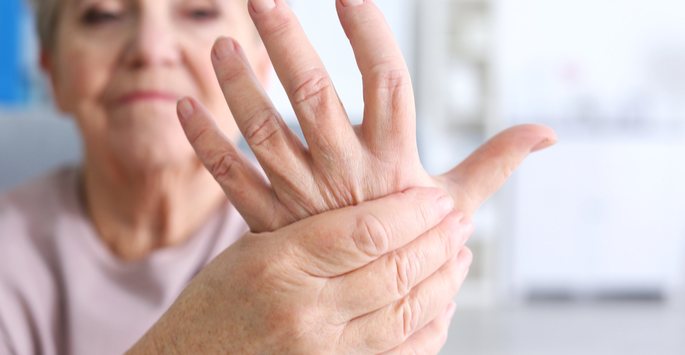Most vascular disorders do not happen in the upper extremities. Most people have these disorders in their legs or in their feet. However, when vascular disorders do happen in your upper extremities, they are often serious and, if not quickly treated, can lead to lasting problems.
Your arteries are designed to bring oxygen-rich blood from your heart and send it to your hands and fingertips. The veins in your hands and fingertips then take that blood back to your heart so that it can be re-oxygenated and the process continues. In your wrist, there is a pair of arteries that have the job of providing oxygenated blood to your hands. If something causes these arteries to malfunction, you may need to address the vascular disorder using compression.
There are a number of vascular disorders that can affect your hand. The medical community has divided these into five primary groups. They include:
- Traumatic
- Occlusive
- Tumors
- Vasospastic
- Compressive
When vascular problems affect your hands, you’re going to notice a number of symptoms. The primary symptom you will experience is pain. A less obvious symptom is a change in the color of your fingertips. When there’s a problem with the flow of blood to your hands, you may develop ulcers that do not heal on their own. Being in a cold environment may be unbearably painful, and you may have a constant sensation of numbness or tingling, especially in your fingertips. Some individuals will experience a localized swelling around the affected blood vessels. Compression treatment may be advised as a way of improving the blood flow in your hands.
Our doctor is going to be able to identify and evaluate the vascular problems that you have by doing a physical examination of you. He will also examine you to see if there are signs of swelling, if your veins are swollen and if there is any discoloration. He will likely check the temperature of your hands as well.
The most common cause for vascular disorders in the hand is trauma. For example, if you get stabbed in your hand with a knife, it may damage your blood vessel. Even a cut that appears to be minor or innocuous can lead to some serious damage.
The same applies to a blunt force injury. Depending on the location of the injury, your blood vessels may swell, which can lead to blood clots. The result of this is that blood will not be able to flow to your fingertips, making them turn white, making them cold and making them very painful. Other injuries that could lead to vascular problems in your hands may not be as serious, but can still prevent blood flow.
During a consultation at Arora Hand Surgery, Dr. Arora may talk to you about available compression therapies that are designed to encourage proper blood flow into your hand. The extent of the therapy you will need and the length of the treatment will vary depending on the injury you have experienced. Contact us today to book an appointment at our office in Warren, Macomb, Howell, or West Bloomfield.













